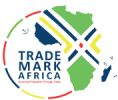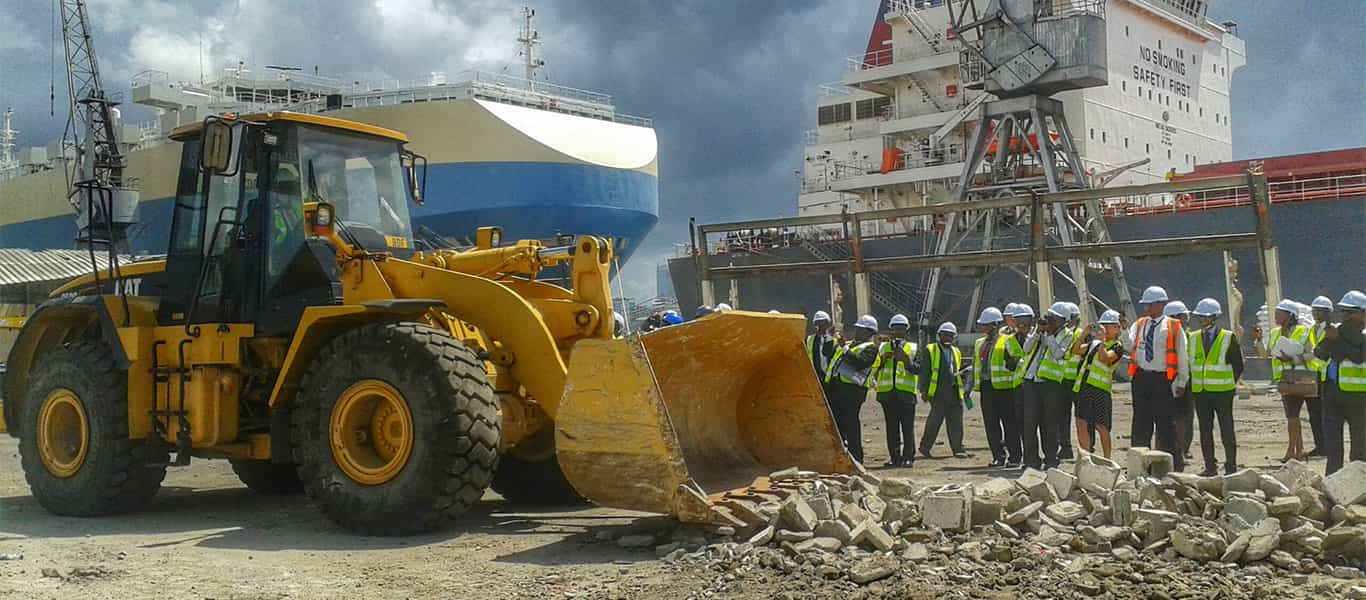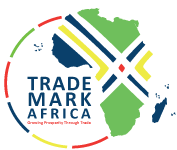Waziri Hussein, 38, growls as he shifts gears to inch his 40ft container Scania semi-trailer forward in the truck traffic emerging from Gate No 5, the international container terminal of the Dar es Salaam Port. The peak Friday exit traffic meant he had been queuing for at least an hour to get this far.
Under a permanent cloud of dust in the blazing afternoon sun, Hussein’s three-member crew prepared to embark upon its 2,300km journey to Kisangani, the Democratic Republic of Congo.
“In another two maybe three hours, we may reach Ubungo intersection,” says Hussein, frowning as he looks ahead over the traffic from his elevated vantage position. “What is annoying is that after enduring the long wait inside the gate, there are still about three checkpoints on just this 2km Bandari stretch, which only worsen the congestion, and then we still have to get across Mandela road to Ubungo.”
Without a substantive, functioning railway system, trucks such as Hussein’s remain the main connector between the Port of Dar es Salaam and its clientele in seven countries, including Tanzania.
This also means they are the landside manifestation of a critical set of challenges including clearing systems and seaside infrastructure, which together have contributed to the bothersome reputation for congestion that the Port of Dar es Salaam is currently battling to quash through concerted efforts.
“It is a complex mix of challenges,” says Hebel Mhanga, the acting Port Manager. “We have a narrow and shallow entrance channel which can’t receive bigger vessels. Our berths too can only receive small vessels with a maximum draft of 11 meters, while modern cargo vessels are between 14 and 16 meters.”
Dar es Salaam is the second largest port in East Africa after Mombasa and serves as a gateway to regional economies including Uganda, Burundi, Rwanda, Zambia, and the Democratic Republic of Congo. In 2013, the World Bank reported that the total cumulative cost of delays and additional monetary payments at the Port of Dar es Salaam compared to Mombasa are equivalent to a tariff of 22 percent on container imports and of about five percent on bulk imports.
As modern containerized trade developed and took root, the Port of Dar es Salaam found itself with eight covered sheds covering 81,000 sq. meters of its terminal space. These were built close to the quays to facilitate the easy offloading of goods from ships. On the flip side, they have been a challenge for setting up container handling equipment and for easy truck movement within the surroundings.
In addition, with the Port’s original layout designed to handle small vessels, the quay approach is not wide enough to allow use of bigger and more efficient equipment to load and offload ships. Access roads at exit and entry gates are also very narrow and make it difficult for trucks to manoeuver. The narrow outside roads further constrain the off-take of cargo even as volumes keep increasing annually.
Over the past few months, work has begun on the improvement and expansion of access roads from the Port to the main roads through four key gates supported by TradeMark Africa as part of a five-year financing package of over $60 million to the Tanzania Port Authority (TPA) since 2011. The support also covers initiatives to improve land use; port layout, storage, off-take processes and city interconnectivity in order to help it cope better with the increasing demand for its services.
“The roads being fixed within are actually short but have for long been in need of re-paving in order to improve our connection with the network outside the Port. Trucks don’t move at speed while in this area so they need roads of superior quality which have been compacted to withstand their weight at near-zero speed.”
To stakeholders, it has been a long wait for this intervention. “Sometimes due to shortcomings regarding paperwork, perhaps because of the shoddy work by the clearing agent, a truck at the front can be turned back from the queue,” says Festo Kyando, a truck-driver on his way to Zambia. “But with the narrow space, turning one truck around can affect all trucks in the queue leading to long delays.”
TradeMark Africa’s support has not only catalyzed additional financing for the Port’s modernization from other donors, but it has also provided the foundation for some of the activities that need to be undertaken to improve the Port. For example, the findings of the TMA supported Bathymetric Study were incorporated in the 2013 Big Results Now, a Government mechanism for fast-tracking results in priority sectors including transport. Furthermore, these findings also constitute the technical foundation for the planned deepening and strengthening of berths 1-7 which is to be done as part of the comprehensive $565 million Dar es Salaam Maritime Gateway Project (DMGP). TMA is also contributing to the DMGP together with the World Bank, the UK’s Department for International Development (DFID), the Development Bank of Southern Africa (DBSA) and the TPA.
“The project has many components and each of them is complex,” says Mhanga. “And it is impacting on our operations because it is being implemented while we continue to provide services. Yet the feedback we get from clients at the moment points to a shared sense that future of the Port of Dar es Salaam is bright.”















